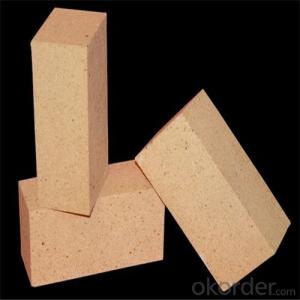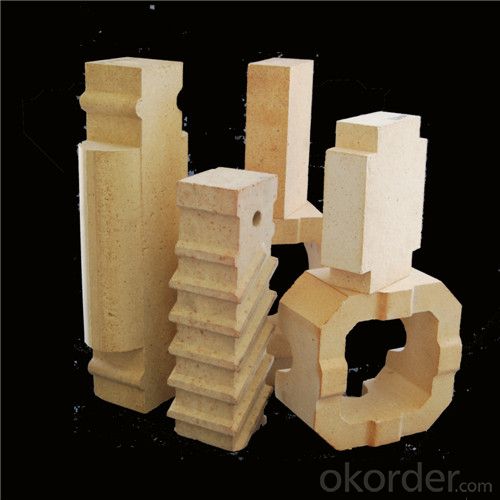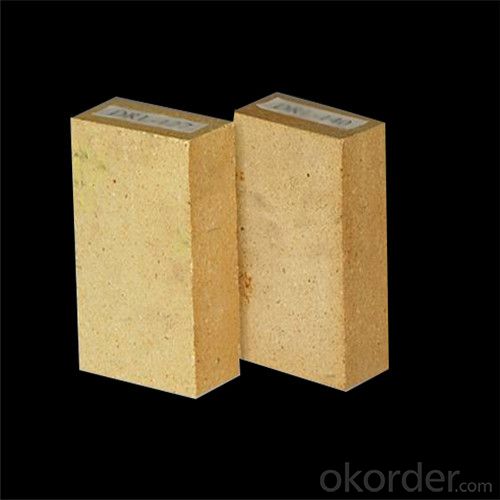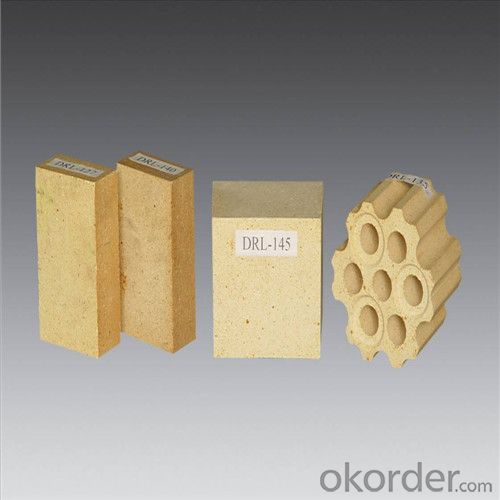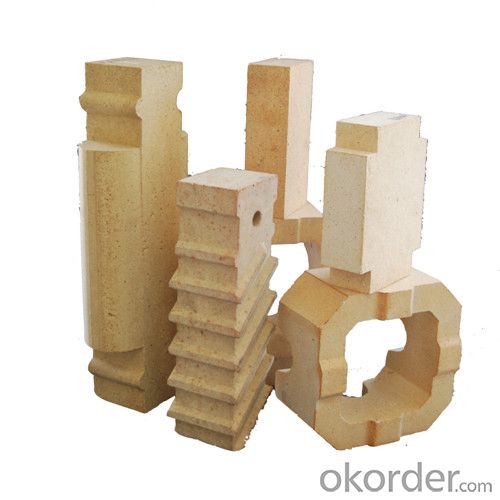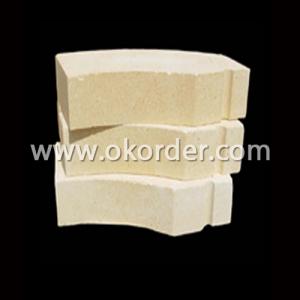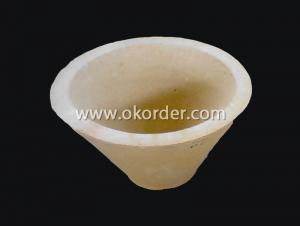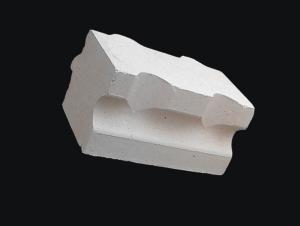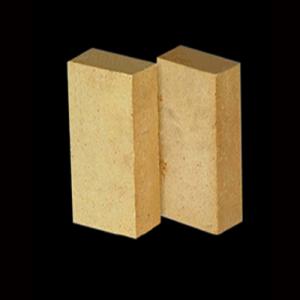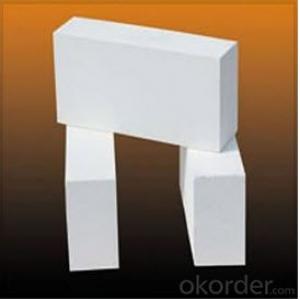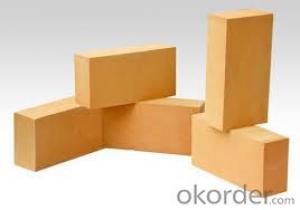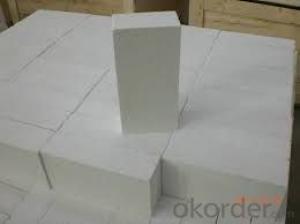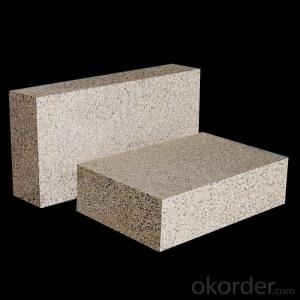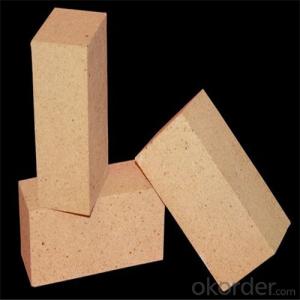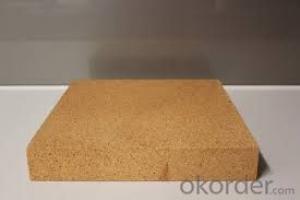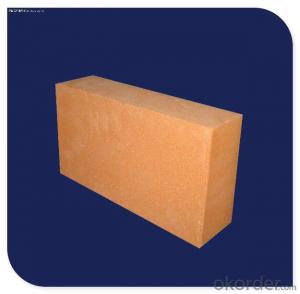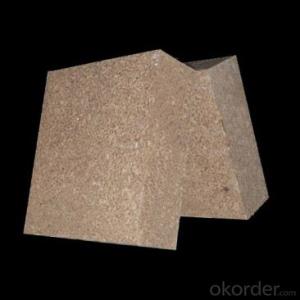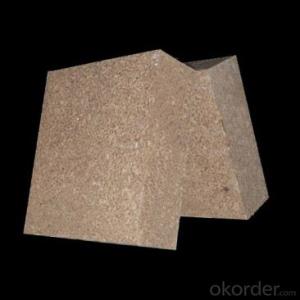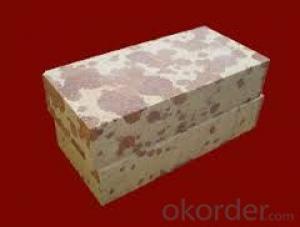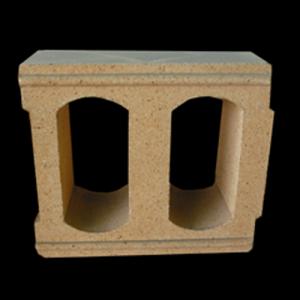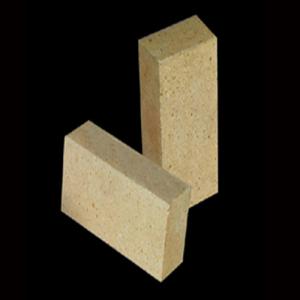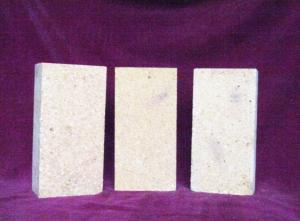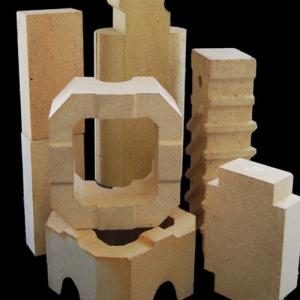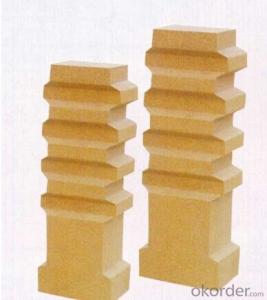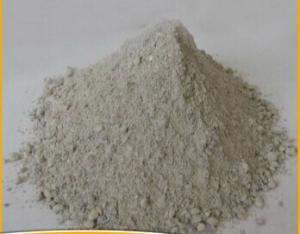High Alumina Brick for Mining, Metallurgy, and Cement Industry
- Loading Port:
- Shanghai
- Payment Terms:
- TT OR LC
- Min Order Qty:
- 100 pc
- Supply Capability:
- 2000000 pc/month
OKorder Service Pledge
OKorder Financial Service
You Might Also Like
General Information of High Alumina Brick
CMAX high alumina firebricks are classified according to alumina content ranging from 48% to 90%.
Feature of High Alumina Brick
Low thermal conductivity
Excellent acid and base slagging resistance
High refractoriness
Excellent thermal shock resistance
Excellent mechanical strength
Image of High Alumina Brick
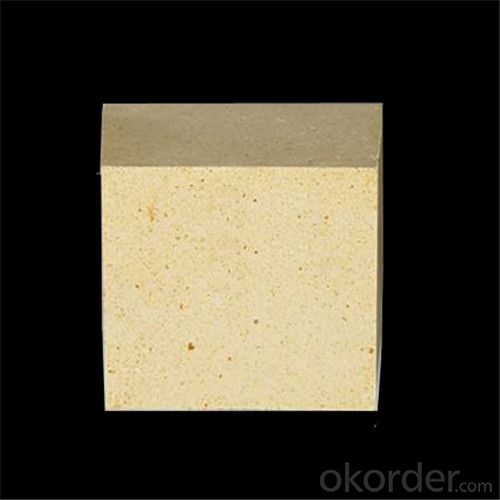
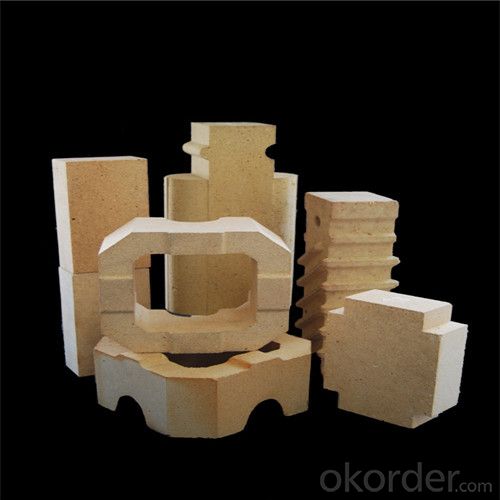
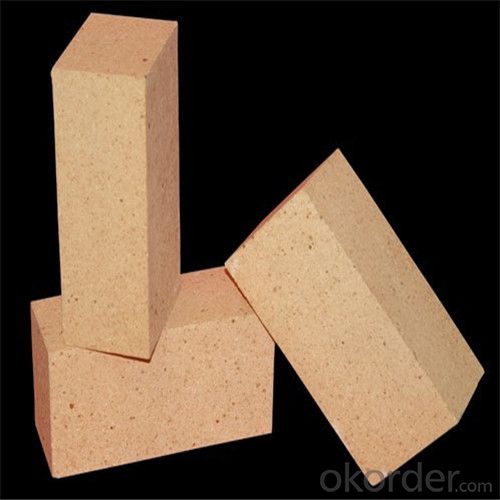
Technical Data of High Alumina Brick

FAQ
Q1: How do you control the products quality?
A1: With strict quality control system throughout the materials selection and production process, our refractory and ceramic fiber products quality is effectively controlled to meet customer requirements.
From the raw materials selecting, our quality control begin. The quality certificates of raw materials are required and each batch will be tested before using. During production, the quality control are conducted by workers and then each piece will be sorted and examined by quality supervisor.
Q2: What`s the lead time for my order?
A2: It depends on customers’ requirements and our production schedule. And usually we need 30-60 days for refractory bricks,10-25 days for unshaped refractory materials and 10-20 days for ceramic fiber blankets.
Q3: Can you offer Door-to-Door delivery?
A3: Yes, but only for some countries such us U.S., UAE, Saudi Arabia, Iran, and Russia, etc.
Q4: What is the minimum quantity?
A4: There is no minimum order quantity. Depending on the item and processing, there may be a minimum production required, however we can offer a quotation based only on the quantity you need.
Q5: Can you give me a brief introduction of the application of your products?
A5: CNBM (China National Building Material) core refractory business comprises the production, sale and installation of high-grade refractory products, the development and implementation of customized system solutions as well as rendering outstanding services for the key industries in Glass, Iron& Steel, Petrochemical, Cement, Ceramic and Nonferrous Metals.
- Q: How much is one ton of high alumina refractory brick?
- Three high aluminum refractory brick Zhengzhou Kuwait is generally around 800. 32 years of experience, good.
- Q: What refractory material does cupola lining use?
- Materials defined as physical and chemical properties that allow them to be used in a high temperature environment are called refractory materials. Refractory materials are widely used in metallurgy, chemical, petroleum, machinery manufacturing, silicate, power and other industrial fields, the largest amount of metallurgical industry, accounting for 50% ~ 60% of the total output.
- Q: What is the standard size of high alumina brick?
- The country has laid down a number of criteria for the use of refractory bricks to unify market demand.
- Q: What are the alloy wear resistance materials?
- According to the composition of Beijing Naimo metal materials company will wear resistant metal materials is divided into the following five categories: one: high manganese steel series: high manganese steel (ZGMn13),
- Q: What kinds of minerals are there in the five major categories of ore crystal chemistry?
- Natural element minerals. Of minerals produced by an element (elementary substance). There are about 90 natural elements in the earth's crust, accounting for 0.1% of the total weight of the earth's crust. Can be divided into metal elements, mainly platinum and copper, silver, gold, etc., non-metallic elements, carbon, sulfur, etc., half metallic elements, arsenic, bismuth and so on.
- Q: How much is one ton / ton of high alumina refractory brick?
- The market price of about super high aluminium brick price at 3000 yuan / ton, a high aluminum brick at around 2500 yuan / ton, two high aluminum bricks at around 2100 yuan / ton three grade high alumina bricks at around 1850 yuan / ton for reference, choose to buy the area is not the same as the prices are not the same.
- Q: What are ordinary bricks, refractory bricks, hollow bricks?
- Hollow brick is divided into cement hollow brick, clay hollow brick, shale hollow brick. In March 2011 Yunnan Yingjiang earthquake occurred in 5.8, the use of cement hollow brick houses collapsed and killed several people, due to safety concerns that Yunnan intends to disable the cement brick, Shandong Qingdao in the construction of real estate has also been halted the use of cement hollow brick. Professional claims in the construction industry argue that the prohibition of the use of such statements is unscientific and unprofessional. Misleading the public, it must be corrected. Hollow brick is only a kind of building material, and it is no problem to use it in scientific way. Hollow brick in use is very scientific, high quality requirements, the investigation of the foundation is suitable for the use of hollow bricks, how to design, construction, cement and other related ingredients, there are no problems. According to strict procedures, scientific use, strict implementation of relevant national standards, the use of qualified hollow bricks, there is no problem. Similarly, if the use of solid bricks does not strictly comply with the relevant standards of the state, the same will be a problem.
- Q: How to reduce the harm caused by two times mullite in high alumina refractory material
- Prolong the sintering time and adjust the aluminum content of the high alumina brick.
- Q: What causes breakage of refractory bricks?
- There are many factors that lead to the damage of refractory brick, can be divided into: the chemical loss (e.g. salt penetration, redox phenomenon), heat loss (burning, thermal shock), mechanical loss (kiln deformation, thrust, brick masonry quality etc.).
- Q: What is the high temperature limit of refractory bricks and refractory soil?
- According to the preparation process can be divided into bricks, brick, electric melting brick (Rong Zhuzhuan), the refractory insulating bricks; according to the shape and size can be divided into standard brick, ordinary brick, specific rotation. It can be used as high temperature building materials and structural materials for construction kilns and various thermal equipments, and can undergo various physical, chemical and mechanical changes at high temperature.
Send your message to us
High Alumina Brick for Mining, Metallurgy, and Cement Industry
- Loading Port:
- Shanghai
- Payment Terms:
- TT OR LC
- Min Order Qty:
- 100 pc
- Supply Capability:
- 2000000 pc/month
OKorder Service Pledge
OKorder Financial Service
Similar products
Hot products
Hot Searches
Related keywords
